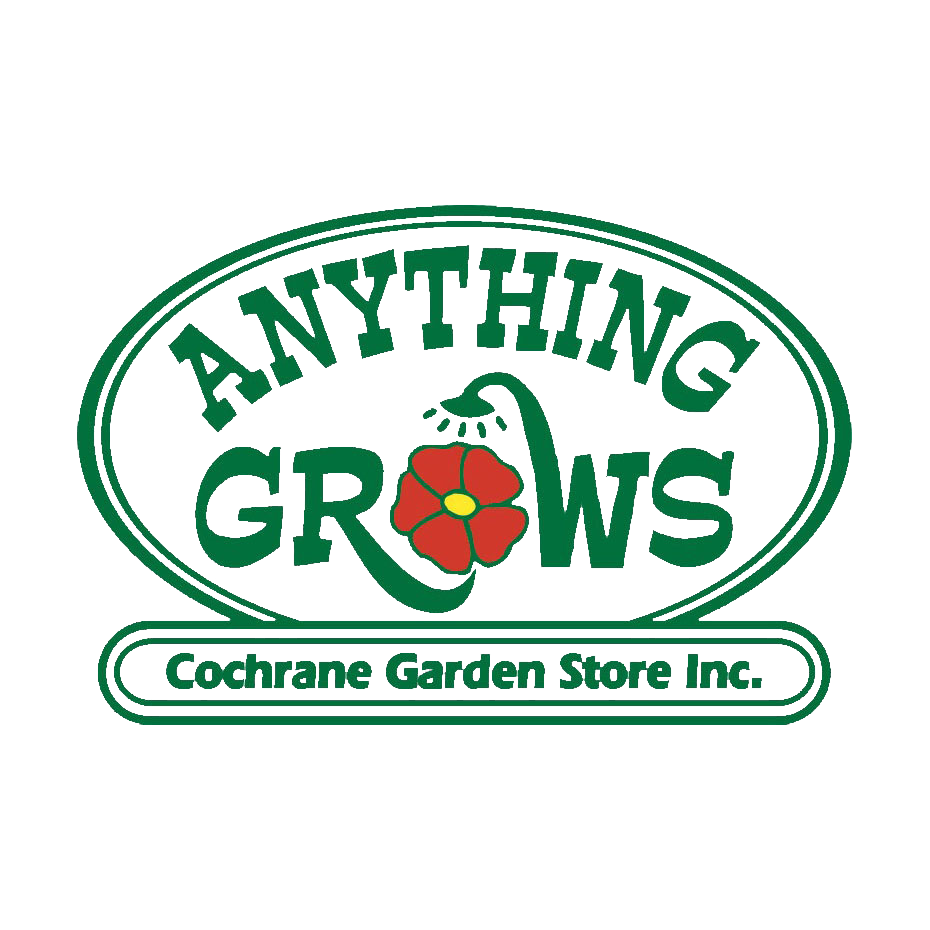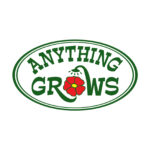
A selection of fertilizers – which to choose?
Why do we need to fertilize?
Plants growing wild in nature will receive nutrients from the breaking down of organic material in the areas in which they grow. These materials disintegrate over time releasing nutrition back into the soil. When it rains, those components soak into the water and become available for plants to uptake. There are also nutrients and minerals deeper in the soil that plants will access as the roots extend downwards.
Plants don’t have access to organic material as readily in our home gardens where they grow in fairly controlled environments such as raised beds, containers and pots. For instance, it’s unlikely that gardeners would leave leaf matter to build up over the years or that wildlife would wander through leaving ‘deposits’ of organics. It may happen a little, but not enough. Nutrients found in bagged potting soil can deplete over time as plants use them and gardens in newly built developments may have poor quality topsoil. This is why we might need help from commercially available fertilizers.
What do the numbers mean?
You’ve probably noticed that fertilizer packaging always advertises 3 numbers on the front of the label (for example 20-20-20). These numbers represent the concentration of three main macronutrients. Nitrogen – Phosphorus – Potassium (or N-P-K). These three nutrients are the most essential to plant growth and survival, but it’s important to note that they are not the ONLY important nutrients. There are 10 micronutrients that plants rely on as well (more on that below). So… what does each macronutrient do?
Nitrogen:
Nitrogen is responsible for helping plants to grow foliage. Nitrogen is also a component of chlorophyll so plants cannot photosynthesize and grow without it. Plants low in nitrogen can develop yellowing leaves because they cannot produce the green colouration through their chlorophyll. Nitrogen availability in the soil can fluctuate depending on moisture, ph of the soil, temperature, and composition of the soil. Plants will take up nitrogen through their roots however some plants can absorb it from the air (legumes like peas are described as ‘nitrogen fixers’) It’s important to note that overuse of nitrogen can result in pollution. It’s also important to note that nitrogen application during the wrong growth period can be detrimental to some plants i.e. If they need to focus on root growth prior to a dormancy period.
Phosphorous:
Phosphorous is a vital part of plants and their tissue. Phosphorous helps plants to perform processes such as creating sugars and starches, transferring energy, creating blooms, roots and so on. Plants take up phosphorous through their roots and can be aided by mycorrhizal fungi. Gardens low in phosphorous may produce small leaves as plants struggle to process water and transfer nutrients. Low P can also result in a change of leaf colour (tomatoes may see purple tinted leaves.) Plants suffering from a short supply of phosphorous may be more prone to disease, produce less fruit and slow growth. It is important to note that overuse of phosphorous can result in pollution if the soil already has adequate amounts or if plants are unable to access it.
Potassium:
Potassium is incredibly important for the functions of a plants stomata (cells which aid in the movement of water, oxygen and carbon dioxide through the leaf surface) Potassium helps root systems to mature, starch and protein productions, and fortify plants against disease. While, generally, soils aren’t deficient in potassium, it can be unavailable for plant uptake as it can be bonded to other minerals. Plants without adequate potassium may wilt or have low heat tolerance. They can have stunted growth and small leaves.
The 10 micronutrients:
What may not be advertised on your fertilizer labels are the important micronutrients. Micronutrients are more prominent in organic fertilizers. The 10 micronutrients and their functions include:
Magnesium- appears in the center of the chlorophyll molecule, so is vital too plant cells.
Sulfur– a component of sulfur-containing amino acids.
Calcium– essential in cell wall development.
Boron– plays a role in the flowering stage of plants.
Iron– used in the biochemical reactions that form chlorophyll.
Manganese– activates several enzymes and is involved in photosynthesis.
Zinc– a plant growth regulator.
Copper– part of the electron transport system of photosynthesis.
Molybdenum– involved in nitrogen metabolism.
Chlorine– believed to play a role in photosynthesis.
what type of fertilizer should we choose?
That all comes down to what you are looking to fertilize! There are several types of fertilizers available including liquids, slow release pellets, organic fertilizers and synthetic fertilizers. How do you know which type is best? And why do they all have different amounts of N-P-K?
The ratio of N-P-K will depend more on which type of plant you’re trying to grow. Some plants enjoy a specific ratio, which is why you may see fertilizers that are made for a specific type of plant. Fertilizer for grass will have a high nitrogen number, because growing that green grass foliage is what we want to see, while fertilizers for flowering plants may have a higher phosphorous number. If you’re growing plants in raised beds or pots and feel the soil has been depleted, then choosing a fertilizer based on which type of plant you’re growing is a good starting point. If you’re growing on a larger scale, directly in the ground, a soil test might be very helpful.
When should we fertilize?
The cheeky answer to the question of ‘when to fertilize our plants’ is ‘when they need it.’ We know, that isn’t very helpful but hear us out – as long as the soil contains adequate nutrients, the time of year doesn’t really change whether or not we should feed our plants. If nutrition is available, plants will use what they need, when they need it. That said, plants will utilize more nutrients when they are actively growing and less when they are dormant or receiving less light. If your plants are in a growth period, they will be using more nutrients so new growth is a good sign to provide some food. Blooming and fruit production are both very nutrient-intensive processes, so plants like annual hanging baskets will need fertilizer more often as they burn through it quickly, and are in a confined space. Plants in the ground will need it less often, as they typically have access to a much wider ecosystem.
Plants utilize nutrients most when they are actively growing, which is usually the spring and summer months. Mostly all plants will experience a dormant period at some point in the year; fertilizing is not necessary during this time.
Trees, Shrubs, Perenials
Lawns
Annuals
Indoor houseplants
Fertilize first thing in the spring when the ground has thawed to help promote new growth and provide critical nutrients. Fertilize monthly throughout the season to ensure healthy foliage and roots, and support fruit production.
Fertilize first thing in the spring and then again in the fall with a fall/winter-specific fertilizer.
Fertilize annuals once planted. Fertilize as needed throughout the growing season to ensure healthy foliage and constant blooms.
Houseplants can be fertilized monthly to ensure healthy green foliage and promote new growth and healthy root systems.
How do we apply fertilizer?
It is best to follow the application directions on the fertilizer package as there are many different types of fertilizer you can choose (water-soluble, granular, slow release, etc.). When using a synthetic fertilizer, make sure you are following fertilizer instructions closely, as you may risk burning your plants if too much is applied. Some plants are heavier feeders than others, these may benefit from an organic fertilizer so you can apply it more often. Researching the particular plant you wish to feed is the best way to know it’s specific feeding instructions!
When should we stop fertilizing?
Plants that are about to go into dormancy should not be encouraged to grow foliage as it can cause them to expend energy they would otherwise be storing for their period of rest. This is important to consider for trees and shrubs as we head into winter. Plants receiving inadequate light (like houseplants in winter) should not be fertilized as they may not have the light resources to produce healthy foliage – the result can be weak or lanky growth. If soil is new out of the bag or otherwise in good health, avoid fertilizing as it can be unnecessary and provide no benefit to the plant.
What can we do to improve soil health?
Aside from using fertilizer, we can also try to improve the soil by adding organic material. This is something we can do over the course of the year for our outside gardens – it’s not so easy to do indoors. Using mulches like bark, leaves or straw will help your soil obtain fresh organic material. These materials break down over time and enter the soil helping to improve drainage, mycelium activity and increase nutrition. We can also add compost to our planting beds. You can make your own compost with waste from your garden and kitchen, or you can purchase a commercially available product like Mushroom compost. Another excellent organic option to add is worm castings!
For more information on the difference between synthetic and organic fertilizers, check out our post: What Is The Difference Between Organic and Synthetic Fertilizers?
What else can we do to ensure our plants get nutrients?
The healthiest soils on the planet won’t help a plant if it cannot uptake nutrition through the root systems. This could happen when there isn’t adequate water for transporting the nutrients or if the root system is damaged. Damage can occur to roots by inconsistent watering. Dry or rotten roots will not be able to function. You may see evidence of poor root health that looks an awful lot like nutrient deficiency and this is why -the nutrients may be there but the roots can’t get at them. Tomato plants with blossom end rot are most likely suffering from poor root health vs a lack of potassium. Plants with yellowing leaves are more likely to be suffering from poor root health vs a lack of nitrogen. Just something to keep in mind and if you’re seeing trouble, try checking the roots.
Conclusion
The subject of fertilizer is a complex one and breaking it down into one easy to digest post wasn’t easy! We hope this gives you the basics so a visit to our fertilizer section won’t be so intimidating but please always ask your questions in store or comment on this post. We’re happy to help and provide more information on this interesting aspect of growing!




